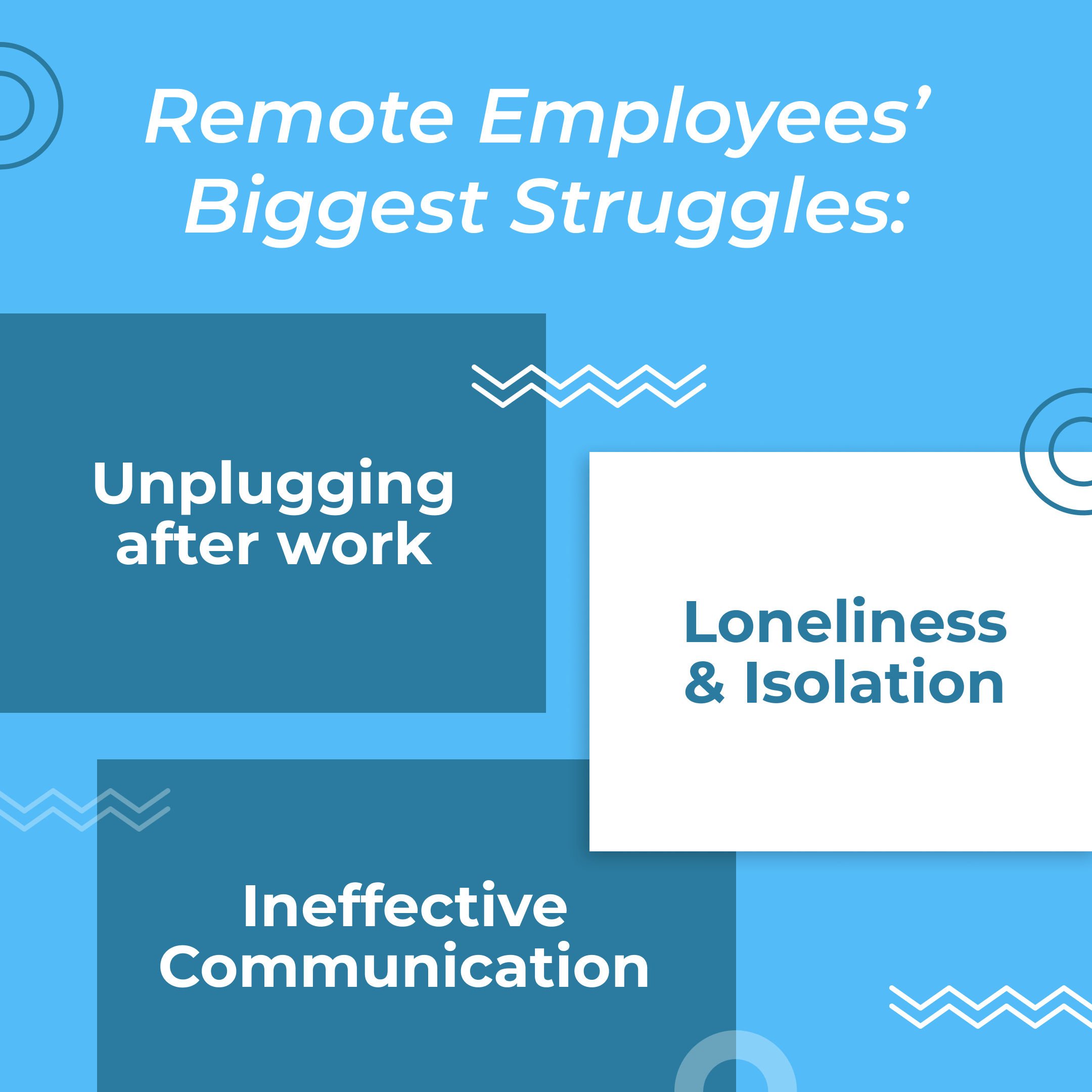While remote team management is not a new concept, world events and rapidly advancing technology are increasing the frequency of remote work. Across all industries and levels of enterprise, face-to-face work isn’t assumed. To adapt to this new paradigm, managers need to adjust their processes for communication and evaluation.
What Specific Behaviors Are We Talking About?
Maintaining a high level of managerial competency is essential for your employer, colleagues, and team.
If you’re a new manager you’ve probably been scouring the internet for advice and inspiration. Google will present various collaboration tools and tech recommendations to solve your challenges. However, though tech is something that can help, it’s only the tip of the spear. Understanding the nuances of personal engagement drives good communication, inspires confidence, and enables growth.
You first need to understand what you’re working with to reach this goal. For example, have you focused on these competencies in your Google searches?
- Organizing group activities online
- Providing digital feedback
- Developing online workflows and workflow management
- Mastering micro communications and overly communicating
- Diffusing digital tension.
For the past 22 years, I’ve had the responsibility and privilege of managing many remote employees, and I’ve learned a lot of valuable lessons along the way. Here are my top tips for ensuring your leadership doesn’t encounter roadblocks in remote employee management.
 Never Underestimate the Power of a Voice Conversation
Never Underestimate the Power of a Voice Conversation
Sometimes, it can be too straightforward to send a quick email. Using this established technology creates a comfort zone that turns it into the go-to for a speedy response or complex message.
It is important to remember how much content is lost when an in-person conversation replaces a written conversation. The recipient of your email does not hear your tone, tempo, or inflections. Without these audible cues, it can become easy to misinterpret some of the more subtle yet essential elements of what you are trying to communicate.
Delivering your message face-to-face is the better choice for video or phone calls.
Overcommunication is the Name of the Game
It’s easy to forget that remote employees don’t have the opportunity to enjoy the impromptu gatherings, hallway or water cooler dialogs, and spontaneous conversations that occur in a face-to-face environment. They miss out on the typical “hum” of the office, the shared “lunch” meetings, and the frequent elevator chats.
Without these typical communication venues, remote employees can feel isolated, ignored, and remote. A successful manager will recognize an impromptu conversation vacuum and look for ways to compensate with consistent and increased conversation opportunities.
As a rule of thumb, overcommunication is the secret to building a successful remote team.
Be Extra Vigilant When Managing Both Remote and Face-to-Face Employees
In a face-to-face environment, knowledge is often shared informally. When you see Steve or Janet in the hallway, your memory goes to a work-related piece of information you’ve been meaning to share, so you tell them about it spontaneously. By the time you get back to your desk, you’ve already shifted your focus to the next task, and that nugget doesn’t get passed to someone working remotely. Inevitably, your remote employee discovers that you shared information with their peers but not them. Negative thought patterns can form quickly.
The challenge is that even though your intentions were innocent, this simple circumstance can wreak havoc on the health of your team. So, if you have essential information pertinent to the entire team, ensure you share it with the entire team quickly.
Become Both Thoughtful and Strategic in Your Team Meetings
Remote working can lead to bad habits. A good example is when people attend a meeting remotely. We’ve all taken a second to glance through our phones at opportune moments. That’s because it’s easy to multitask in a way that would be frowned upon in a face-to-face meeting.
Diligent managers can take measures to counteract this behavior, such as requiring employees to turn on their video cameras. Thoughtful and strategic leaders will take extra steps to counteract this distraction.
One of the most powerful actions a team leader can take to address these problems is to invest extra time and energy in ensuring team meetings are impactful, strategic, and even rehearsed. Don’t fall into the trap of conducting team meetings with a “wing-it” approach. Be deliberate. Be engaging. Be motivational. This will enable you to take advantage of the valuable time you spend collaborating and planning as a team.
A Final Note
The path we are on as a society indicates that remote team management requirements will only increase over time. Leaders who accept and embrace this way of working will set themselves up for success by being purposeful in addressing the unique challenges of managing remote employees.
Please contact us here if you need help learning how to engage, motivate, and inspire a remote team. Our Learner Support Team will be happy to take the time to understand your situation and discuss the learning opportunities available to you.
Coach & Director Human Skills






